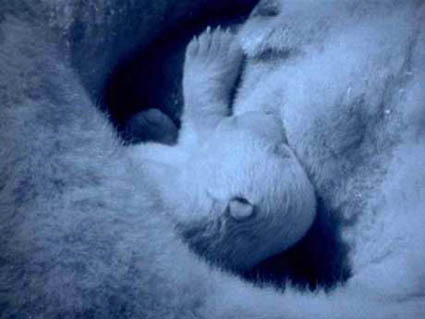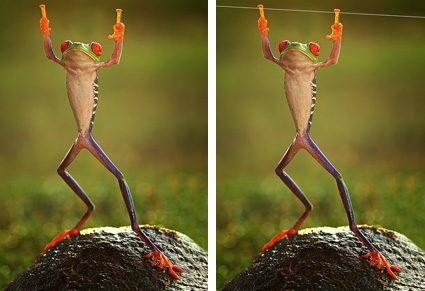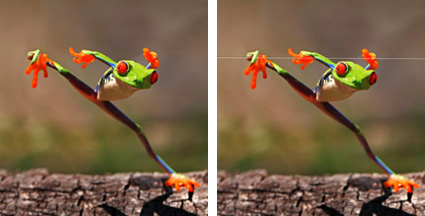Well, it was alive at some point…
Wildlife photo competition disqualifies ‘stuffed anteater’ image
by Jonathan Amos
BBC Science Correspondent
27 April 2018
A winning entry in the Wildlife Photographer of the Year competition has been disqualified for featuring a taxidermy specimen.
The image, known as The Night Raider, shows an anteater moving towards a termite mound in a Brazilian reserve.

London’s Natural History Museum, which runs the competition, says the use of stuffed animals breaches its rules.
The photographer, Marcio Cabral, denies he faked the scene and claims there is a witness who was with him on the day.
Other photographers and tourists were in the park at the same time and therefore “it would be very unlikely anyone wouldn’t see a stuffed animal being transported and placed carefully in this position”, he told BBC News.
But Roz Kidman Cox, the chair of judges for Wildlife Photographer of the Year (WPY), was stern in her criticism.
“This disqualification should remind entrants that any transgression of the rules and spirit of the competition will eventually be found out,” she said.

The Night Raider picture won the Animals In Their Environment category in the 2017 WPY awards. It was taken in Emas National Park. Continue reading “Taxidermied Anteater Fools Photography Contest Judges”




